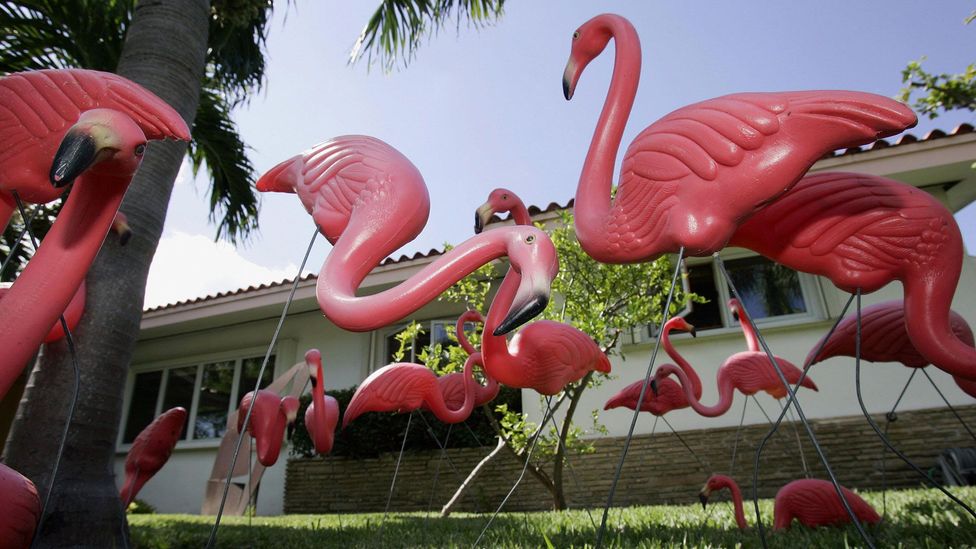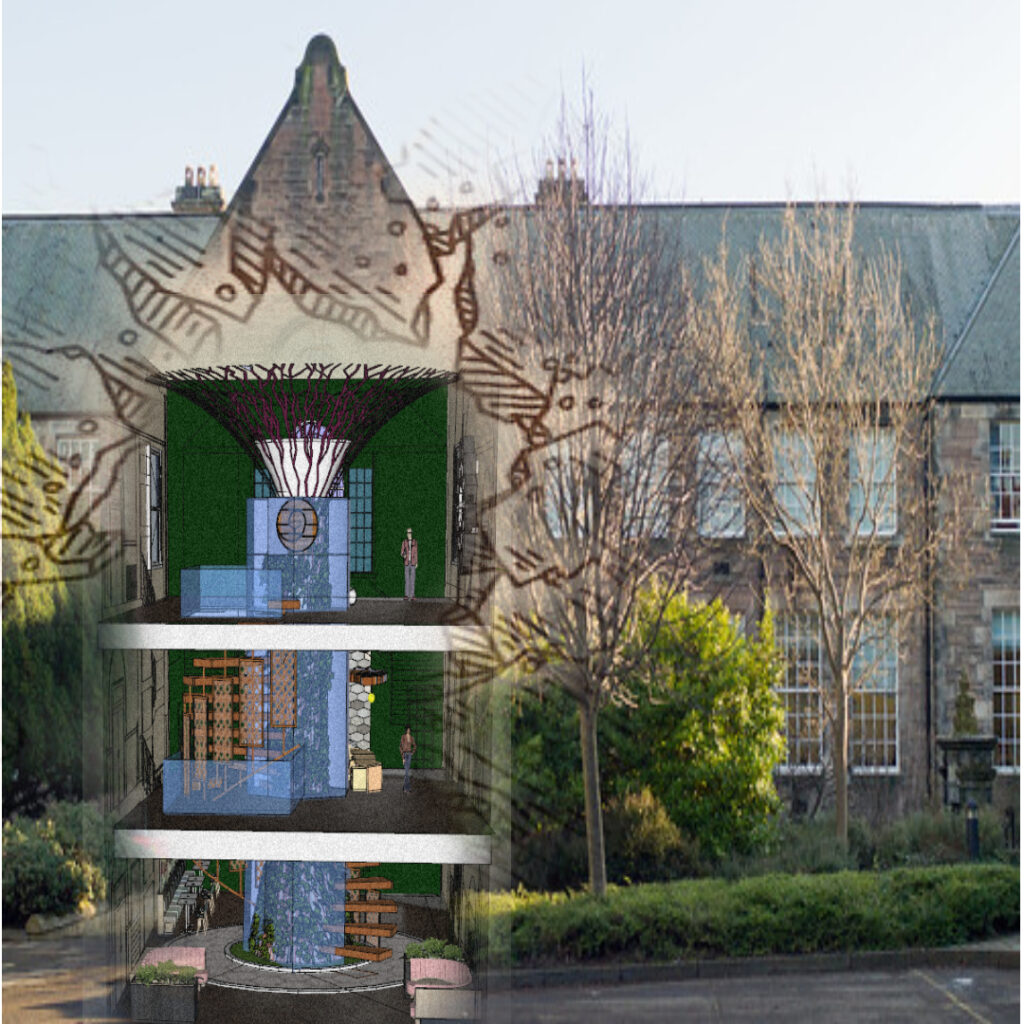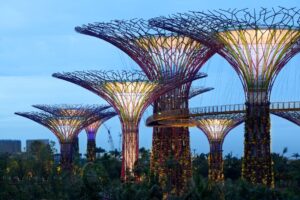Environmental Design in Fashion
Last week, during the seminar, we touched on the fashion industry and the ways in which it could become more sustainable. For example, my group partners and I were looking at different ways of creating artificial leather. We stumbled upon this brand based in NYC, that does apple leather bags and purses. Apple leather is produced at lower costs and with less resources than natural leather, thus, in such ways, the industry could be less wasteful. Going back to a reading we had to do for last week, the Pink Flamingo, symbol of the environmental activism wave of the 1960’s, is a great representation oh how the artificial, in this case plastic, can stand as a symbol for the natural, for the environment. This plastic flamingo was perceived as an ironic statement, a comment on how the line between the real and the ”fake” is starting to get finer and finer. Therefore, I think we are slowly going to realise that sometimes, especially in the fashion industry, the alternative, such as faux fur for example, is better than the original. Another example of the alternative being more feasible than the original is using an array of environmentally friendly materials in interior design. For instance, bamboo, reclaimed wood from previous projects, cork, recycled glass, engineered stones, such as quartz, recycled metal or hemp fabric, have a visually pleasing look, whilst also being less detrimental compared to their traditional versions. The same way in which young people have discovered a new found love for thrifting and charity shops, I believe the same phenomenon will take over the world of interior design, where there will be a higher demand in terms of reusing materials and elements (furniture, fabrics etc).
fig1 : apple leather- source: https://allegoriedesign.com
fig2: Pink Flamingo Symbol- source: newenglandhistoricalsociety.com
Sources: Jones, Louise. (2008) Environmentally responsible interior design : green and sustainable design for interior designers / Louise Jones. Hoboken, N.J: Wiley.
Tucker, L. M. (2014) Designing sustainable residential and commercial interiors : applying concepts and practices / Lisa M. Tucker. New York, NY, USA: Fairchild Books.
Anon (2006) Pink Inc. pops up to reprieve plastic icon: the pink flamingo. 18 (39), 3-.



